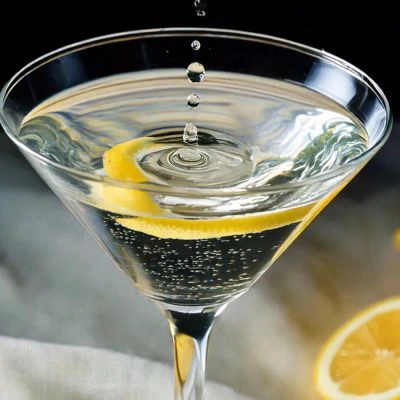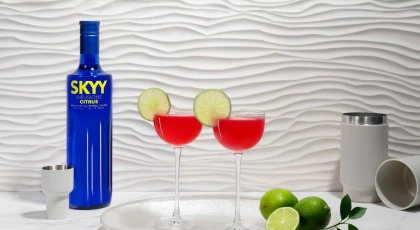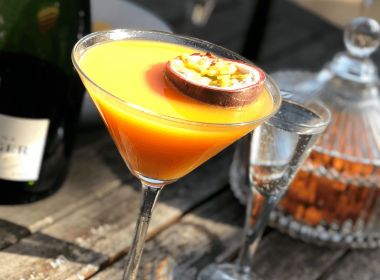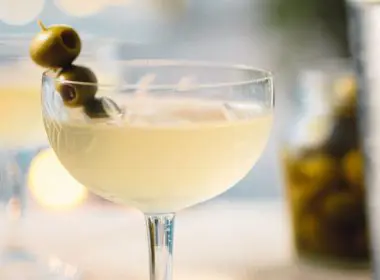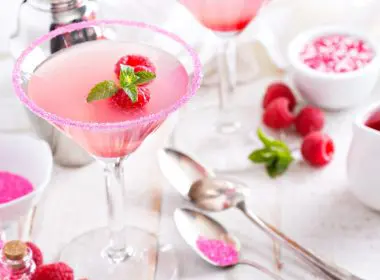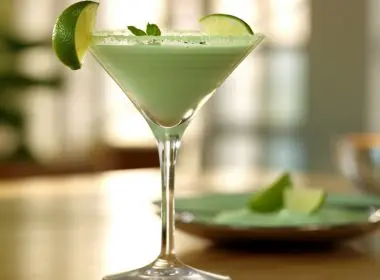The Ultimate Guide to Making a Perfect Martini
Jump to:
If you’ve ever wondered how to make a Perfect Martini, you’re in excellent company. This iconic cocktail has been shaking up bar culture since the late 1800s, earning its stripes as a timeless go-to for anyone who loves clean, crisp flavours with a touch of ceremony.
While it’s worn many faces over the decades, the Perfect Martini stands out for its beautiful balance—equal parts dry and sweet vermouth, stirred into a silky mix with gin. It’s classy, punchy, and just plain satisfying.
’Perfect Martini’ or the perfect Martini?
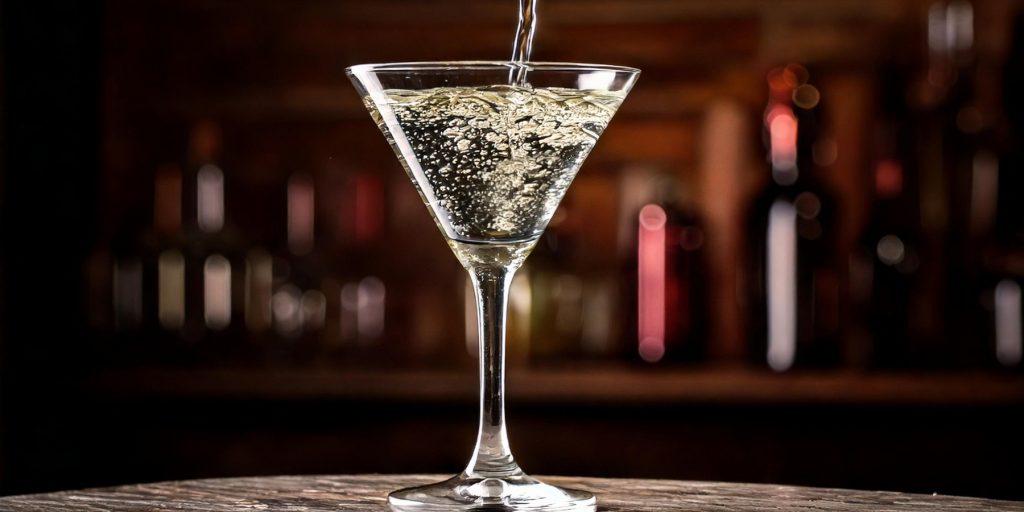
Before we all get our wires crossed, let’s get clear on the terminology. A Perfect Martini (in this instance) does not only refer to a drink well made. It this case, the term actually refers to a type of Martini.
To clear things up, here’s a quick rundown on popular Martini types, based on their ingredients (most notably, the type and amount of vermouth):
- Dry: Typically, 6 parts gin or vodka to 1 part vermouth. Extra dry calls for the slightest splash of vermouth, or a glass-coating wash.
- Wet: A higher percentage of vermouth, usually around 3 parts gin or vodka to 1 part vermouth.
- Perfect: A Martini that features 1 part dry vermouth and 1 part sweet vermouth to 4 parts gin or vodka.
- Dirty: A Martini with olive brine added to the mix.
The distinction can be a little tricky, we know, but once you taste this sassy sipper, you’ll be glad to have engaged with the linguistic acrobatics, we promise.
Choosing your ingredients
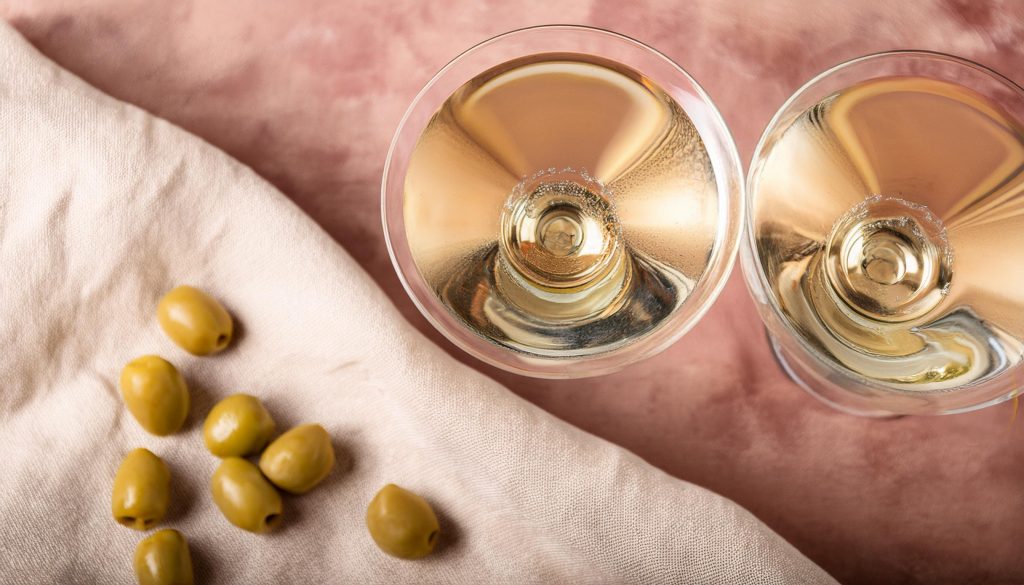
When it comes to the base spirit, the big question is: gin or vodka? Gin brings bold botanical flavours that shine through the vermouth, making it the traditional go-to for a Perfect Martini. Vodka, on the other hand, smooths things out. It’s crisp, clean, and more neutral, ideal for those who like their Martini a little sleeker. Both are fair game. It just depends on your taste.
As for the vermouth, balance is everything. A Perfect Martini calls for equal parts dry and sweet, so you want to choose ingredients that string together naturally. For instance, Cinzano Extra Dry offers a floral sweetness with a touch of spice, while Cinzano Rosso adds richness, gentle bitterness, and a warm herbal edge. Together, they strike the perfect chord—smooth, complex, and quietly elegant.
Read next: Best Gin for a Martini (Classic, Dry & Dirty)
Shaking vs stirring Martinis
Let’s settle this age-old debate. Stirring is the traditional method for a reason; it gently chills and dilutes the drink without bruising the gin or making it cloudy. A Martini should be smooth and crystal-clear, not full of air bubbles or shards of ice.
Of course, there are moments when shaking makes sense. If you’re using vodka, shaking can soften the edge and add a touch of aeration. It’s also a valid move if you prefer your drink extra cold with a bit more dilution (or if you’re simply in a James Bond kind of mood).
Also see: 26 Types of Martinis Every Cocktail Lover Should Know
How to make a Perfect Martini
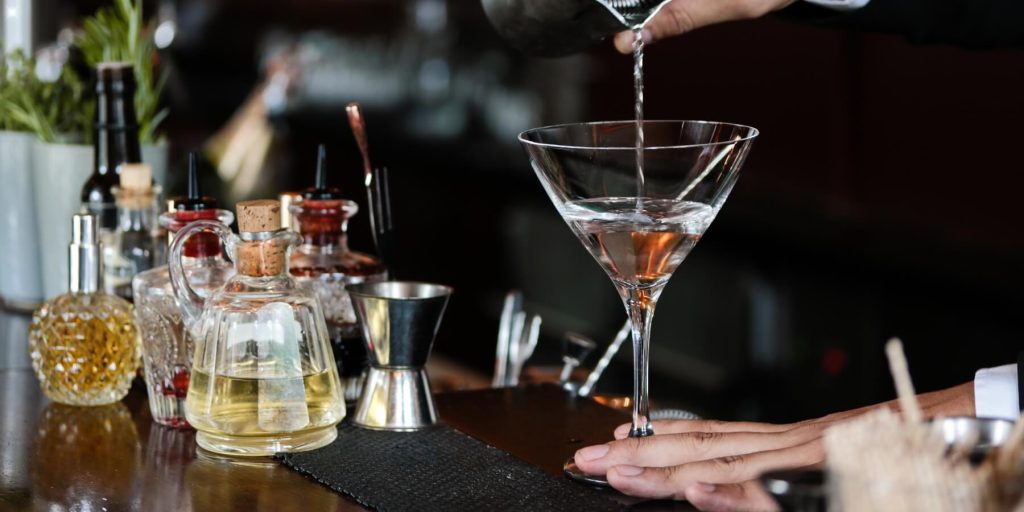
Here is the recipe you’ve been waiting for. Equal parts sweet and dry vermouth bring a beautiful balance to this gin-forward classic, with just enough flair to keep things interesting.
INGREDIENTS
- 60 ml Bulldog Gin
- 15 ml Cinzano Vermouth Extra Dry
- 15 ml Cinzano Vermouth Rosso
METHOD
- Add the gin and both vermouths to a mixing glass packed with fresh ice.
- Stir with purpose; slow, steady movement for about 30 seconds to chill and dilute just right.
- Strain into a chilled cocktail glass, and finish with your favourite garnish: a lemon twist for zing, or a skewer of olives for that briny edge.
- Sip and savour.
Why you should always chill your glass
A lukewarm Martini is not a vibe. An ice-cold glass keeps your cocktail crisp from first sip to last. And when you’re working with high-proof spirits and delicate vermouth, temperature matters. Little steps like this might seem small, but they’re what take your Martini from decent to dead-on perfect.
Learn more: 11 Fruity Martini Recipes to Add Some Colour to Your Next Party
Tips for perfecting & customising your Perfect Martini
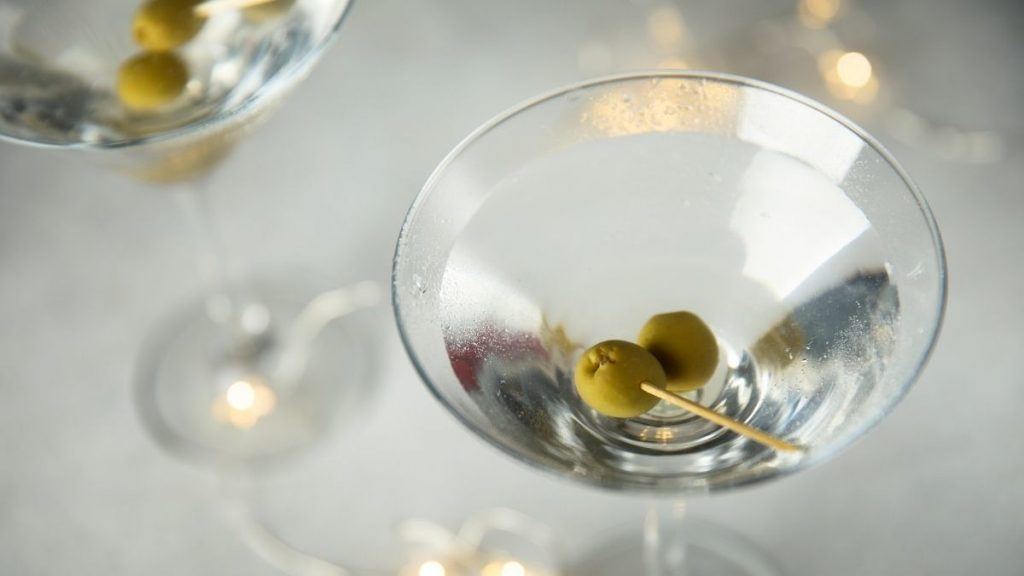
Your Perfect Martini should feel tailored—a drink that suits you. Try a few tweaks, trust your palate, and enjoy the ride. Here are a few golden rules to keep in your pocket.
- Try different gin-to-vermouth ratios to find your sweet spot. Love it bone dry? Dial the vermouth back. Prefer a silkier mouthfeel? Lean into that 1:1 balance.
- Play with garnishes. A skewer of green olives adds a savoury twist, while a grapefruit peel brings in a deeper citrus vibe. You can switch it up depending on your mood.
- Chill everything—your gin, your vermouth, your glass. It keeps the flavour tight and the texture silky.
- Use quality ice. Avoid freezer-burnt cubes that melt too fast and water down the whole show.
- Keep your vermouth fresh. Store it in the fridge and aim to finish the bottle within a few weeks. Vermouth is wine-based, so it doesn’t last forever.
Other Martini recipes to try
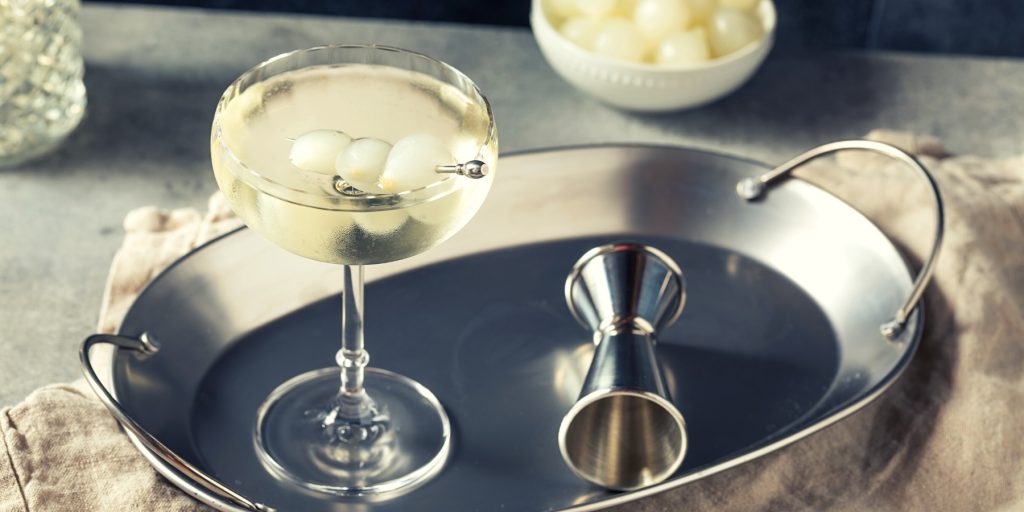
If the notion of a Perfect Martini has you excited to stir up some classic cocktails, here are a few others you should try:
There you have it, cocktail lovers, the short and sweet intro on how to make a Perfect Martini. Visit the Bulldog Gin and Cinzano websites for more insider info on stirring up perfect clinkers and remember to sign up for our newsletter go stay in the Mix.
